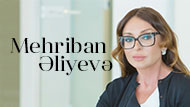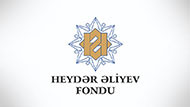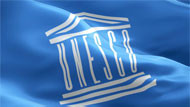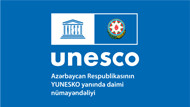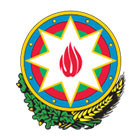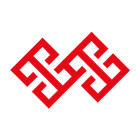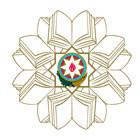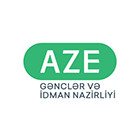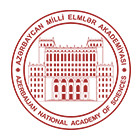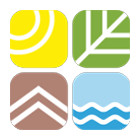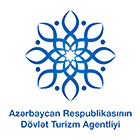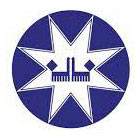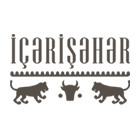Flatbread making and sharing culture: Lavash, Katyrma, Jupka, Yufka
At the 11th session of the Intergovernmental Committee for the Safeguarding of the Intangible Cultural Heritage which took place in Addis-Ababa, Ethiopia, from November 28 to December 2, 2016, Flatbread making and sharing culture: Lavash, Katyrma, Jupka, Yufka was inscribed on the UNESCO Representative List of the Intangible Cultural Heritage of Humanity as a multinational nomination (Azerbaijan, Iran, Kazakhstan, Kyrgyzstan, Turkey).
Lavash is a flatbread made from flour and water. It is an indispensable component of every Azerbaijani meal, and is served to the table along with other varieties of bread. Most often, Azerbaijanis like to have it for breakfast, traditionally spreading butter and cheese on it and rolling lavash into soft, delightful tubes perfect with a cup of sweet tea or coffee. In restaurants and cafes, lyulya-kebab usually is served wrapped in lavash, and so is khalva. Lavash is also used to prepare pilaf, and in other various recipes. Lavash is baked in traditional ovens – tandir, or, if it needs to be prepared thin – on sadj.
Lavash making is usually a collective work in which all family members take part, and sometimes even friends and neighbors become involved. It carries intangible benefits for the relationships. Families and friends get together, laugh and generally have fun. Perhaps for this reason lavash has become a symbol of Azerbaijan’s deep-rooted traditions. It is associated with many important events in Azerbaijanis’ lives – at weddings, after funeral ceremonies. Lavash preparation rituals represent the fundamentals of Azerbaijani cuisine. Some archeological excavations have revealed tools for making lavash dated to the Bronze Age, which show that lavash preparation techniques have remained the same. And the fact that latter have been preserved to date indicates how attached our people are to their roots and traditions.



